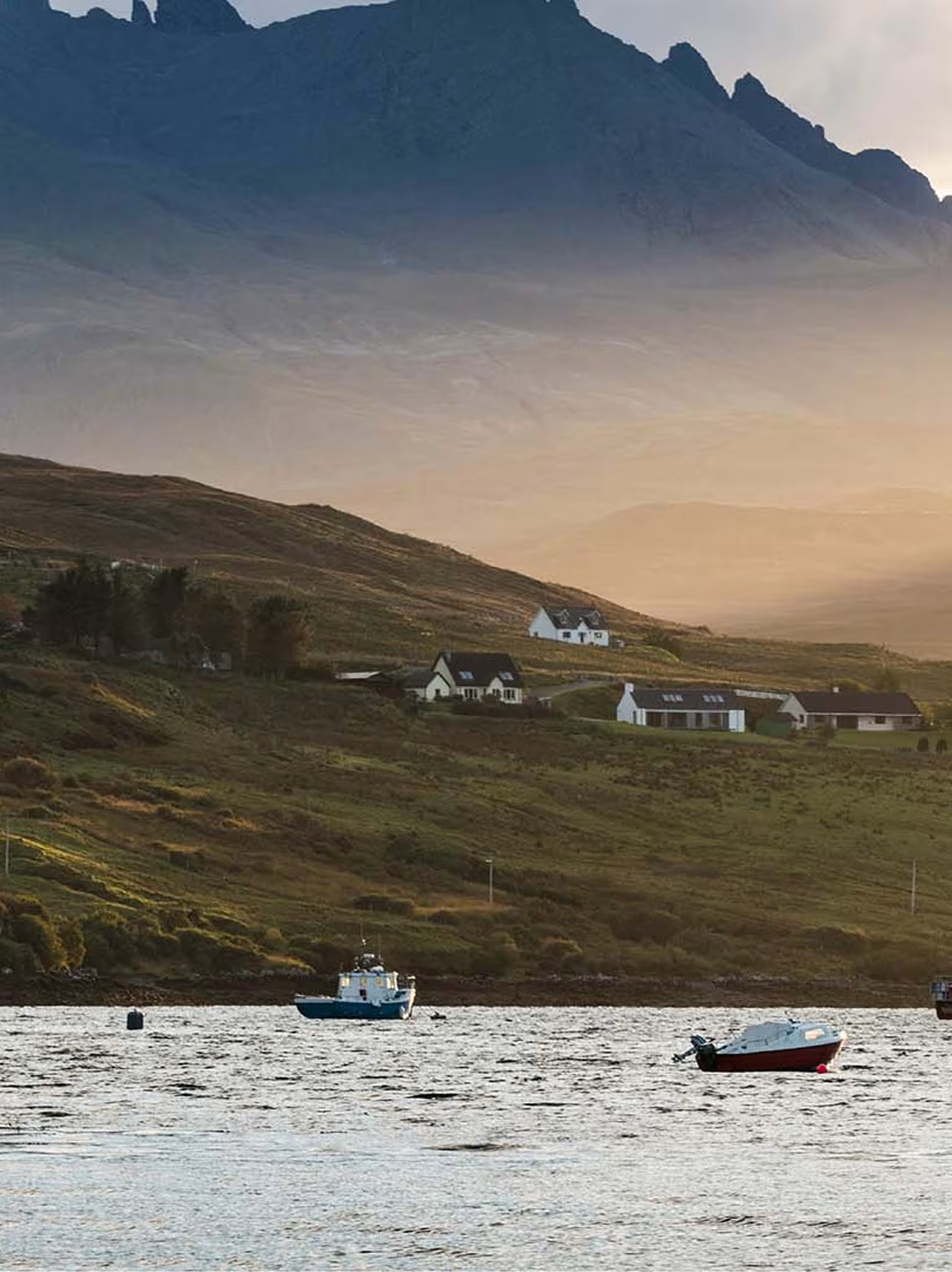Whisky production from grain to glass
Introduction
How does Scotch whisky transform from barley to the golden dram swirling evocatively in your glass? In this article, Scotch whisky expert and bartender Ervin Trykowski breaks down the process, sharing the craft behind this iconic spirit.
The Magic of Scotland
Scotland, a fiercely proud country with a population of 5.5 million, produces more whisky than the rest of the world combined. How can that be so? The answer is, like a fine Scotch, a blend of several things: good fortune, incredible craftsmanship, and visionary minds. From Helen Cummings, who pioneered whisky-making, to the Walkers of Johnnie Walker fame who brought Scotch to the world, it’s a story of passion and ingenuity. But it’s not just history that makes Scotch special. Distillers have spent over 500 years perfecting their craft, staying true to tradition while embracing sustainability. By 2040, many aim to achieve Net-Zero emissions. Scotch isn’t just a drink; it’s a legacy.
“I will dispel some myths and tell you how whisky is made in simple terms. And how, with the three basic ingredients, these wizards of their craft create a world of flavour waiting to be discovered.”
Ervin Trykowski
Scotch Whisky Expert
The Process: Malting, Milling, and Mashing
It all starts with barley. Malting is a process where the grain is tricked into thinking it’s spring, germinating to release its natural sugars. Peat smoke or hot air is used to dry the barley, giving Scotch its signature smoky character.
Next, the barley is turned into grist, a coarse flour, in mills that have stood the test of time – many for over a century. Finally, the grist is mixed with water in a mash tun. Different water temperatures extract the sugars, creating a sweet liquid known as wort. This is the foundation of the whisky’s flavour.
Whisky production from grain to glass
Fermentation, Distillation, and Maturation
Fermentation is where the magic begins. Yeast is added to the wort, transforming sugars into alcohol. The length of fermentation, which is anywhere from 47 to 150 hours, dramatically affects flavour, from nutty notes to fruity or citrusy profiles.
Distillation takes the process to the next level. Copper stills, with their unique shapes and sizes, refine the alcohol, turning it into new-make spirit. In Scotland, this process happens twice, creating a spirit with rich complexity.
Maturation is where time works its wonders. The new-make spirit is aged in oak barrels for at least three years and one day, though most whiskies mature far longer. Barrels sourced from around the globe – once used for bourbon, sherry, rum, or even tequila –impart unique flavours to the whisky.
Marrying, Blending, and Bottling
Marrying is the harmonious union of casks from a single distillery. The age on the bottle reflects the youngest whisky in the mix – no shortcuts, no exceptions.
Blending is where artistry meets precision. Blenders combine single malt and single grain whiskies from across Scotland, sometimes up to 40 distilleries, to craft blends like Johnnie Walker. Ensuring consistency across every bottle is a feat of craftsmanship, akin to painting the same masterpiece with an ever-changing palette.
Single malt whiskies are always bottled in Scotland, preserving their authenticity. Blends, however, can be bottled internationally, bringing Scotch to every corner of the globe.
A Lasting Legacy
From its humble beginnings to global acclaim, Scotch whisky is a testament to patience, craftsmanship, and enduring passion. Every dram tells a story, every sip connects you to a tradition that has spanned centuries.
Get Inspired

Explore whisky brands
Discover a selection of exceptional whisky brands, each with a story to tell, right here at The Bar.

The Old Fashioned, a cocktail that’s forever young
This timeless classic is as stylish today as the moment it was first stirred.

Explore Scotch whiskies by region
Ever wondered how Scotland’s landscapes shape the flavours in your glass? Whether you're a whisky connoisseur or simply curious, let us guide you.
More from The Bar


Stay Inspired
Sign up to our newsletter for exclusive recipes, insider secrets and special offers - all delivered straight to your inbox.



